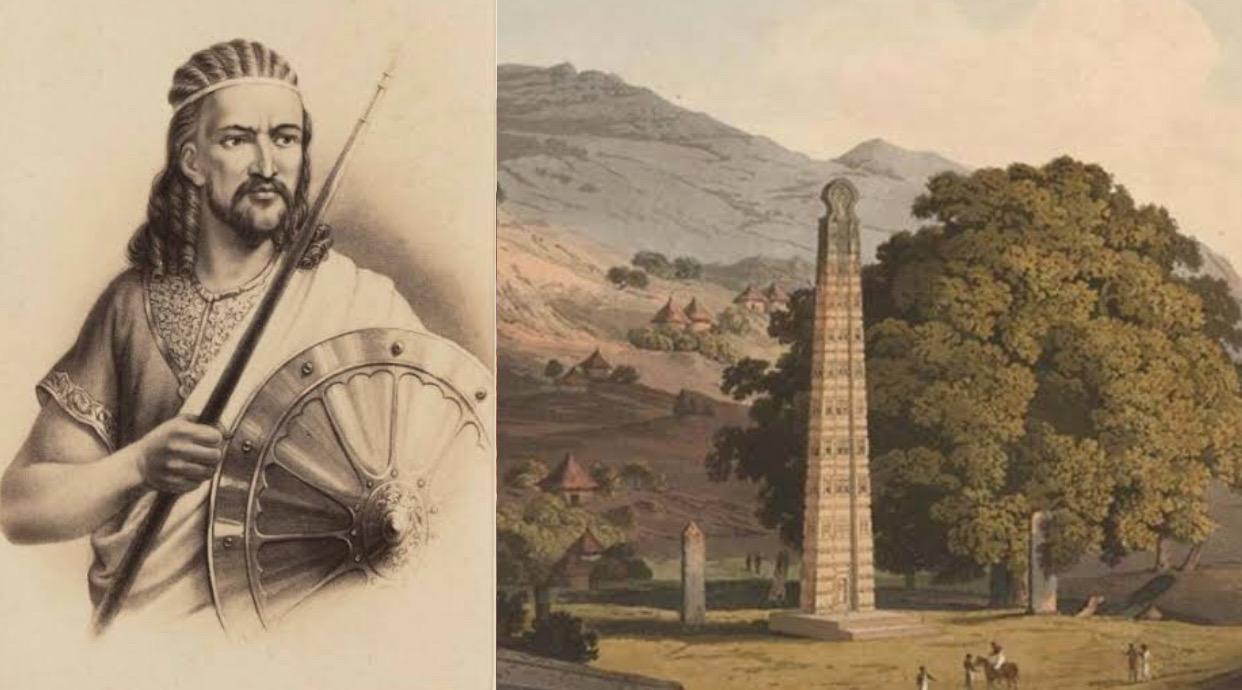The Ethiopian Kingdom is considered for being Africa’s last fortress. The empire occupied the northern portion of present-day Ethiopia starting with the Zagwe dynasty in 1137.
The Zagwe dynasty maintained the Aksum Empire Christianity which prevailed before Queen Yodit ‘s takeover of the region (whose successors were brought down by the Zagwe dynasty founder Mara Takla Haymanot).
The Zagwe dynasty was toppled in 1270, by a King who believed to be from the same descent of the Aksumite kings who had inherited from Solomon.
Furthermore, the Habesha who got Abyssinia its name established the Solomonic dynasty.
This dynasty lasted until the end of twentieth-century and invaded all the people of present Ethiopia and converted them.
The Ethiopian Empire strived to protect independence hundreds of years against the Arab, the Italian, and the Turkish powers.
During the outset of the Ethiopian Empire, several monasteries were established that maintained Christian culture in the nation.
Between 1200 and 1250, magnificent sculpted rock churches were made to show the religious viewpoint of the Ethiopian kingdom and its rejoined entanglements with Israel.
Economic recovery developed during the Zagwe dynasty and trade with the Islamic world thrived.
Gold, ivory, frankincense, and slaves were exported out of Ethiopia. However, Abyssinian law forbade that Christian slaves be exported to Muslim lands.
The expansion of the Empire happened during the Solomonic dynasty and the sale of slaves explosed.
The Ottoman Empire sold thousands of slaves and in Lake Tana the population declined rapidly.
The growth caused difficulties with other territories and many wanted to invade Ethiopia.
None of them succeeded entirely until 1935 Italy finally got upper hand against the Ethiopians.
 The African History Truly African
The African History Truly African

